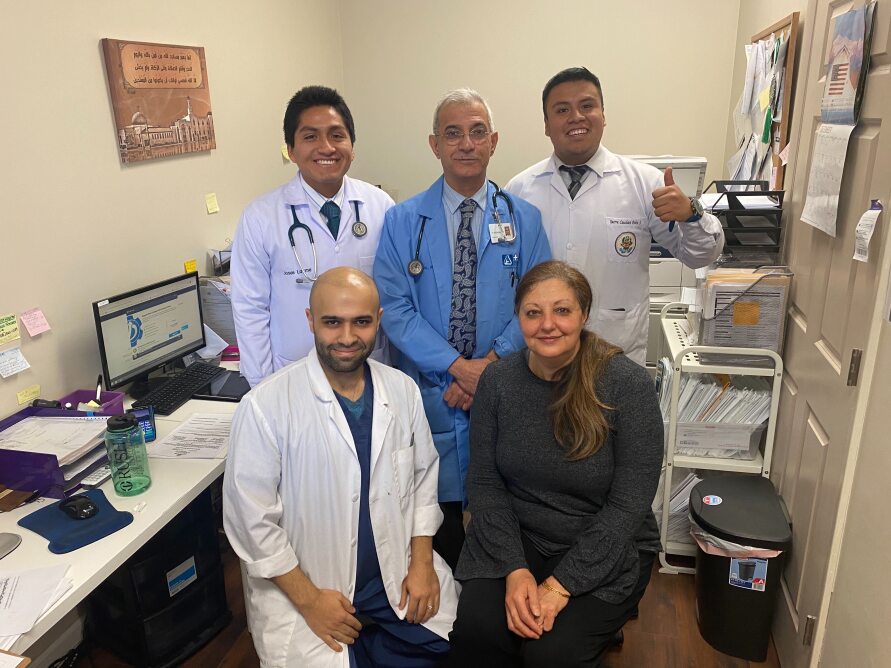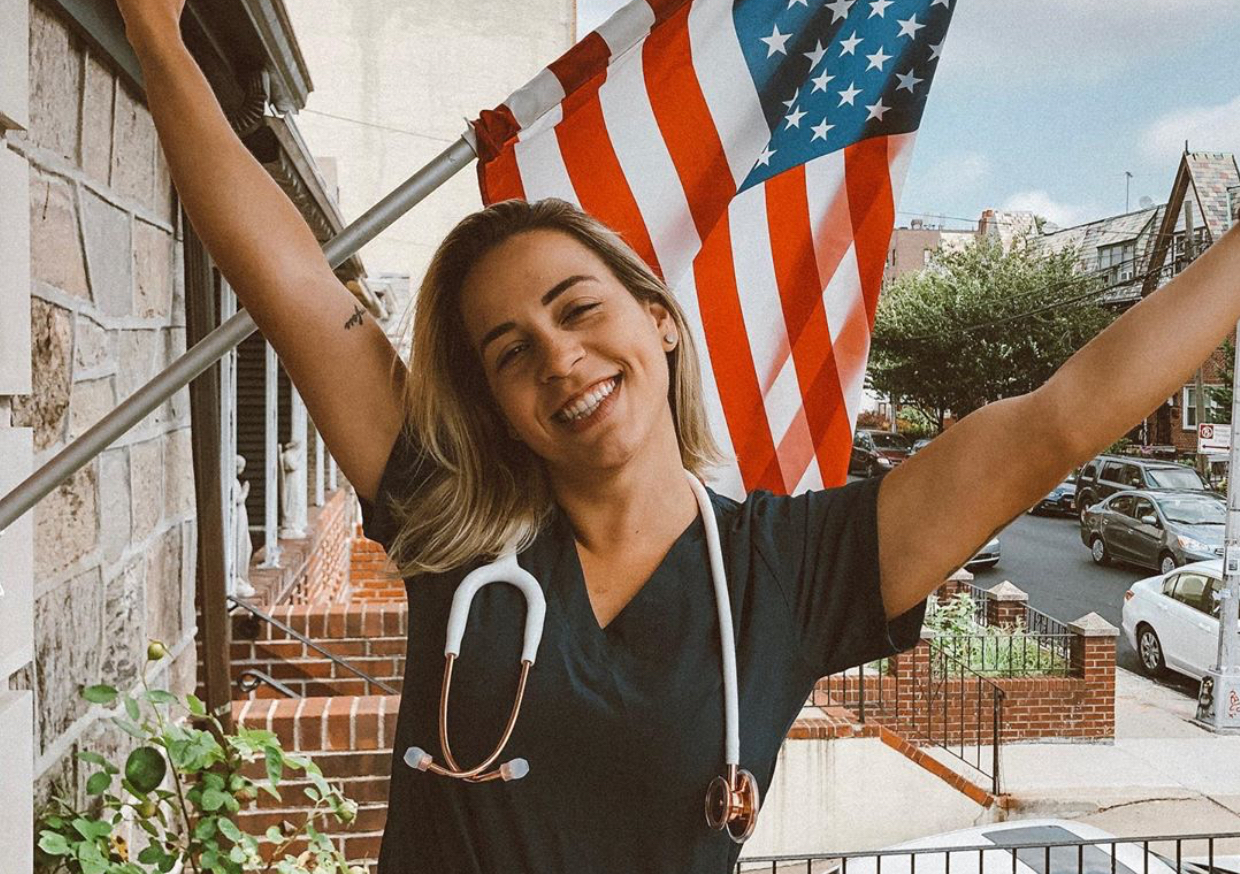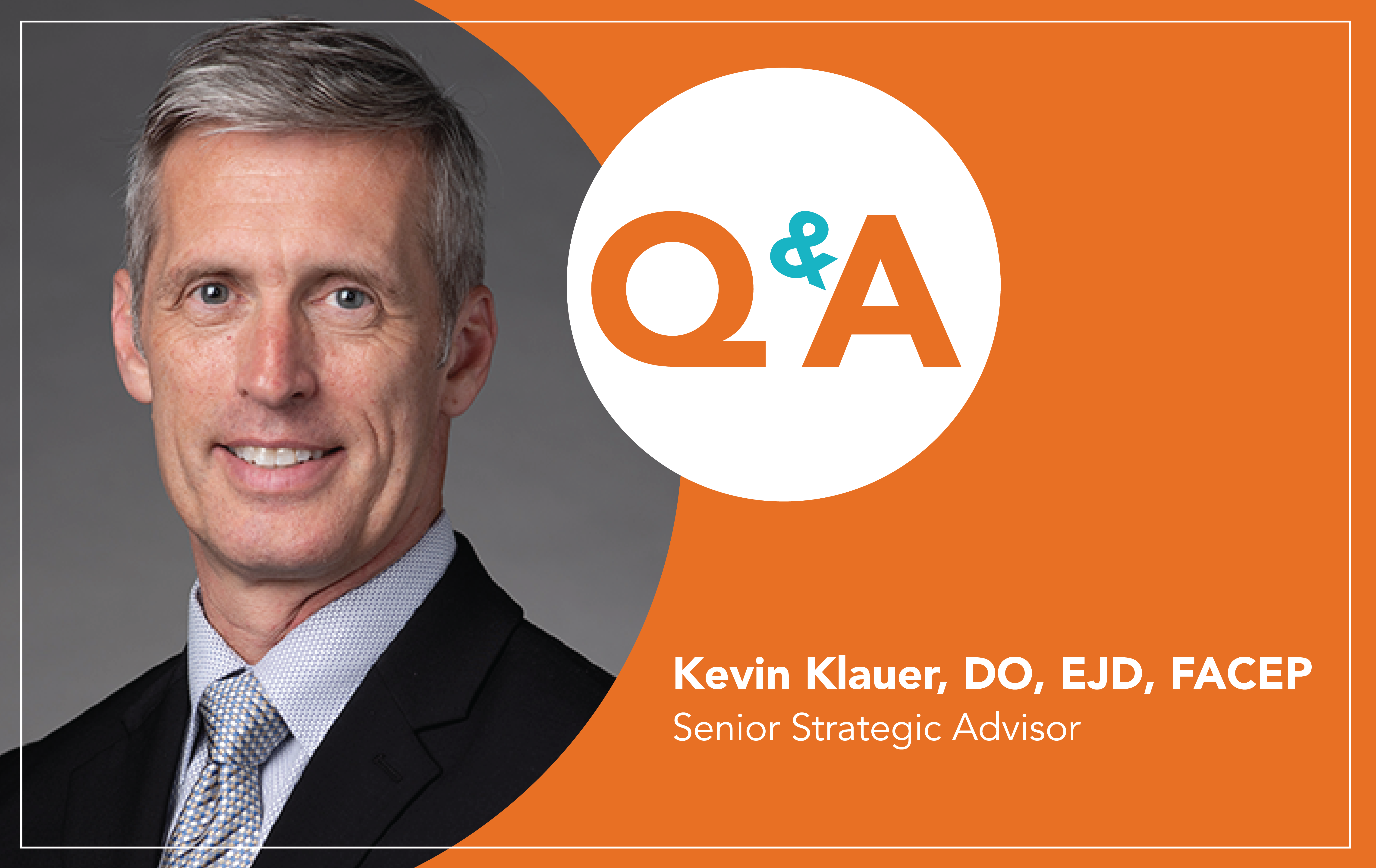Healthcare education is at a crucial crossroad and schools are facing a crisis: the struggle to provide comprehensive clinical training for their students. This challenge extends beyond lecture halls and is directly affecting the ability to onboard new students, impacting the quality and effectiveness of future healthcare professionals.
As these emerging healthcare workers prepare to enter a dynamic and rapidly evolving field, the limitations of traditional educational models have become increasingly apparent. According to the American Association of Medical Colleges, the United States is projected to face a physician shortage of between 54,100 and 139,000 by 2033. During this critical time, the call for new and innovative training solutions is clear to ensure future students are equipped with the skills and knowledge necessary to thrive in the ever-changing landscape of global healthcare.
Facing the challenges in healthcare education head-on, institutions must navigate a variety of obstacles, including:
Limited Clinical Placement Opportunities
One of the primary challenges is securing enough clinical placements for students. The scarcity of clinical placements creates a competitive environment, where institutions need to invest more resources to secure quality placements.
This competition drives up the costs associated with clinical training and the overall cost of healthcare education. The competition for quality placements is fierce, and many institutions struggle to find sufficient opportunities for their students to gain real-world experience.
Balancing Quality with Quantity
The dilemma of balancing the number of students with the quality of clinical training is a significant issue. With limited clinical placements, schools may face the choice of either reducing enrollment, which can impact their financial viability, or compromising the quality of training. This situation could lead to graduates who are less prepared for the demands of the healthcare field.
Logistical Constraints
Clinical training programs in healthcare education entail significant financial and logistical challenges. Coordinating with healthcare facilities, managing transportation, and scheduling are just the tip of the iceberg. The complexity of these logistical aspects can be daunting, particularly as institutions aim to scale up their programs.
Additionally, for schools seeking to create international opportunities for their students, the challenges are compounded. Establishing affiliations with international healthcare facilities and navigating the complexities of visa processes add another layer of difficulty, further intensifying the logistical demands faced by these institutions.
Adapting to Technological Advancements
Keeping pace with rapid advancements in medical technology and techniques is another hurdle. Schools must continuously update their programs to reflect current practices, which require additional resources and expertise. For example, the rapid adoption of telehealth technologies has revealed a gap in clinical training, which has historically focused solely on in-person patient interactions. This gap in training has significant implications.
Many healthcare professionals found themselves inadequately prepared to effectively utilize telehealth technologies, impacting the quality of remote care which is particularly needed in rural areas. According to the American Medical Association and the Association of American Medical Colleges, there is a growing recognition of this issue. The number of medical schools incorporating telehealth into their curriculum has been increasing, with ~58% of US medical schools including it as of this year, recognizing its importance in future medical practices and residency training.
Forward-thinking Strategies
To overcome the current challenges in healthcare education, there is a pressing need to rethink standard curriculum models and devise forward-thinking strategies. These strategies should not only cater to the evolving landscape of healthcare but also support the next generation of students who are entering a vastly different medical field than their predecessors and are demanding a more dynamic and flexible learning experience.
Flexible and Blended Learning Approaches
Incorporating flexible and blended learning models can maximize training efficiency. Online modules, virtual classrooms and away rotations can ensure a comprehensive learning experience without the constraints of traditional methods.
Partnership Models
Developing strong partnerships between educational institutions and healthcare facilities can create wider and more diverse access to clinical training settings. These partnerships could include shared resources and joint programs tailored to the specific needs of students and the school’s curriculum requirements.
Utilization of Immersive Educational Experiences
Incorporating immersive educational experiences such as simulation technology, virtual reality, study abroad programs, and real-world outpatient exposure offers a holistic approach to enhancing clinical education. These experiences provide valuable exposure to diverse healthcare systems and patient populations, resulting in the development of highly marketable, job-ready skills and a more enriching educational journey.
Embracing Global Collaborations
Creating international networks for clinical training can help share resources and knowledge. Such collaborations can provide students with diverse clinical experiences and exposure to different healthcare systems and practices.
The challenges in healthcare education are significant, but not insurmountable. By adopting innovative approaches and leveraging new collaborations, institutions can enhance the quality and accessibility of clinical training. These advancements are not just beneficial for the students but are crucial for the evolution of healthcare education and for improving patient care worldwide.







Leave A Comment